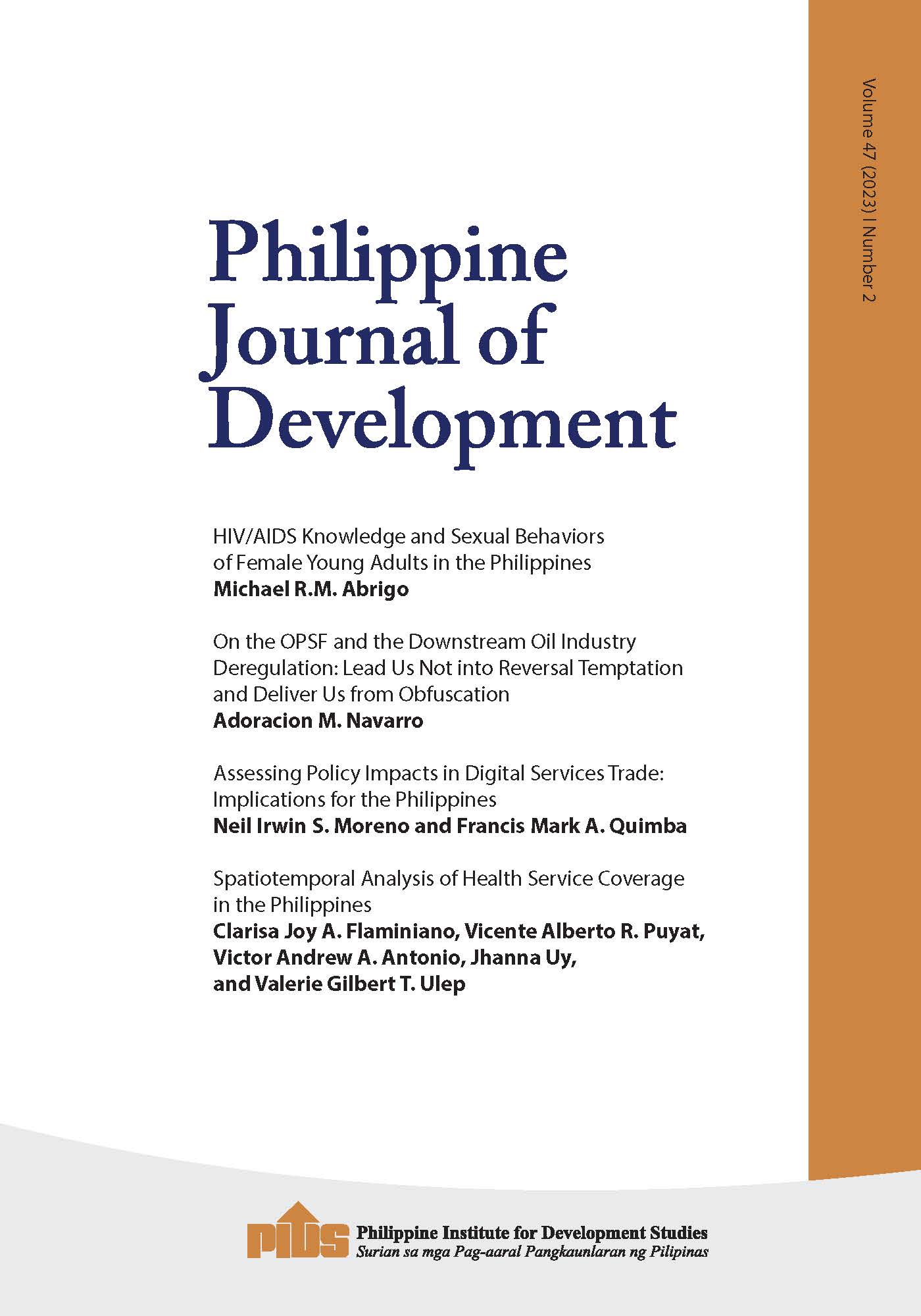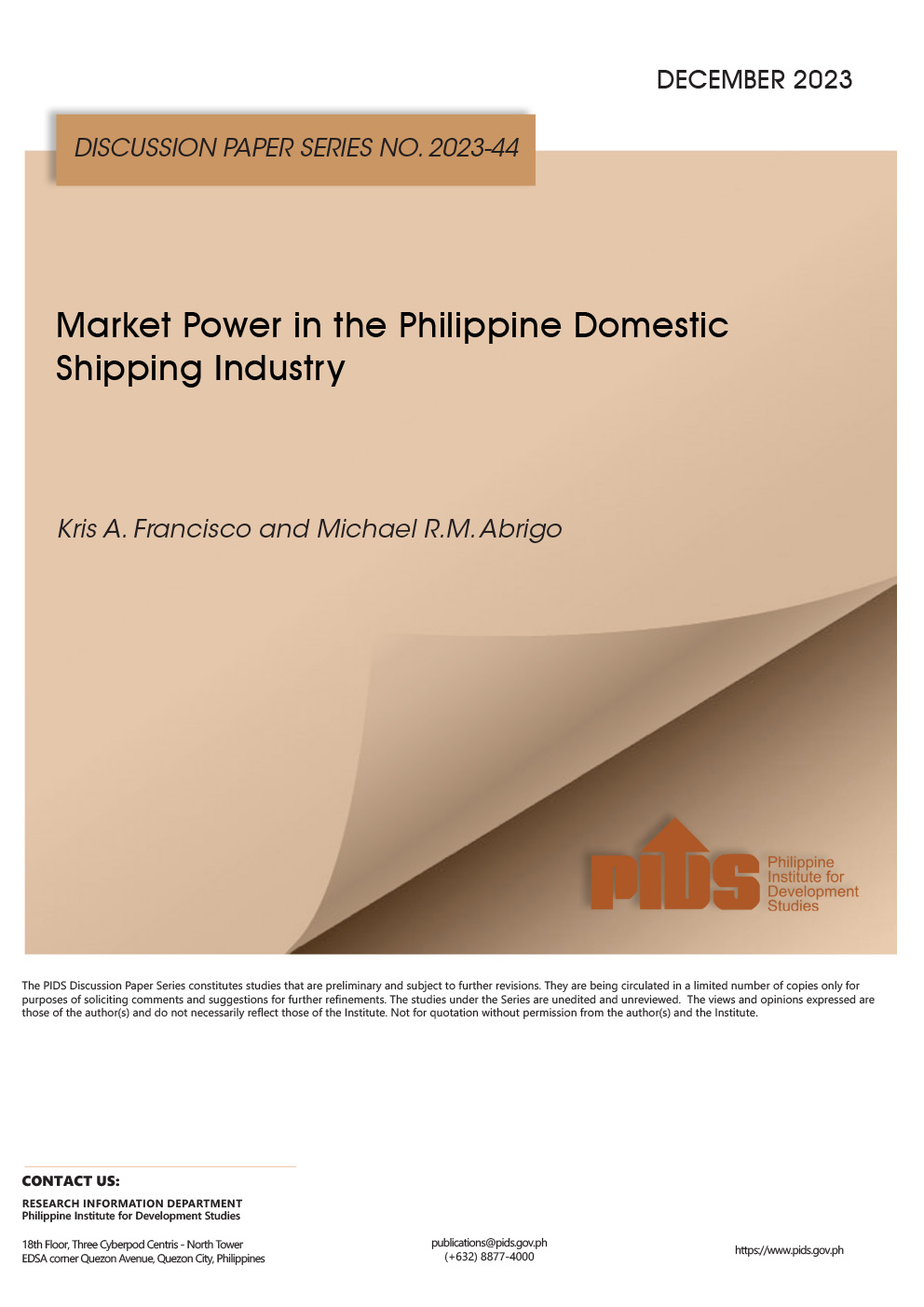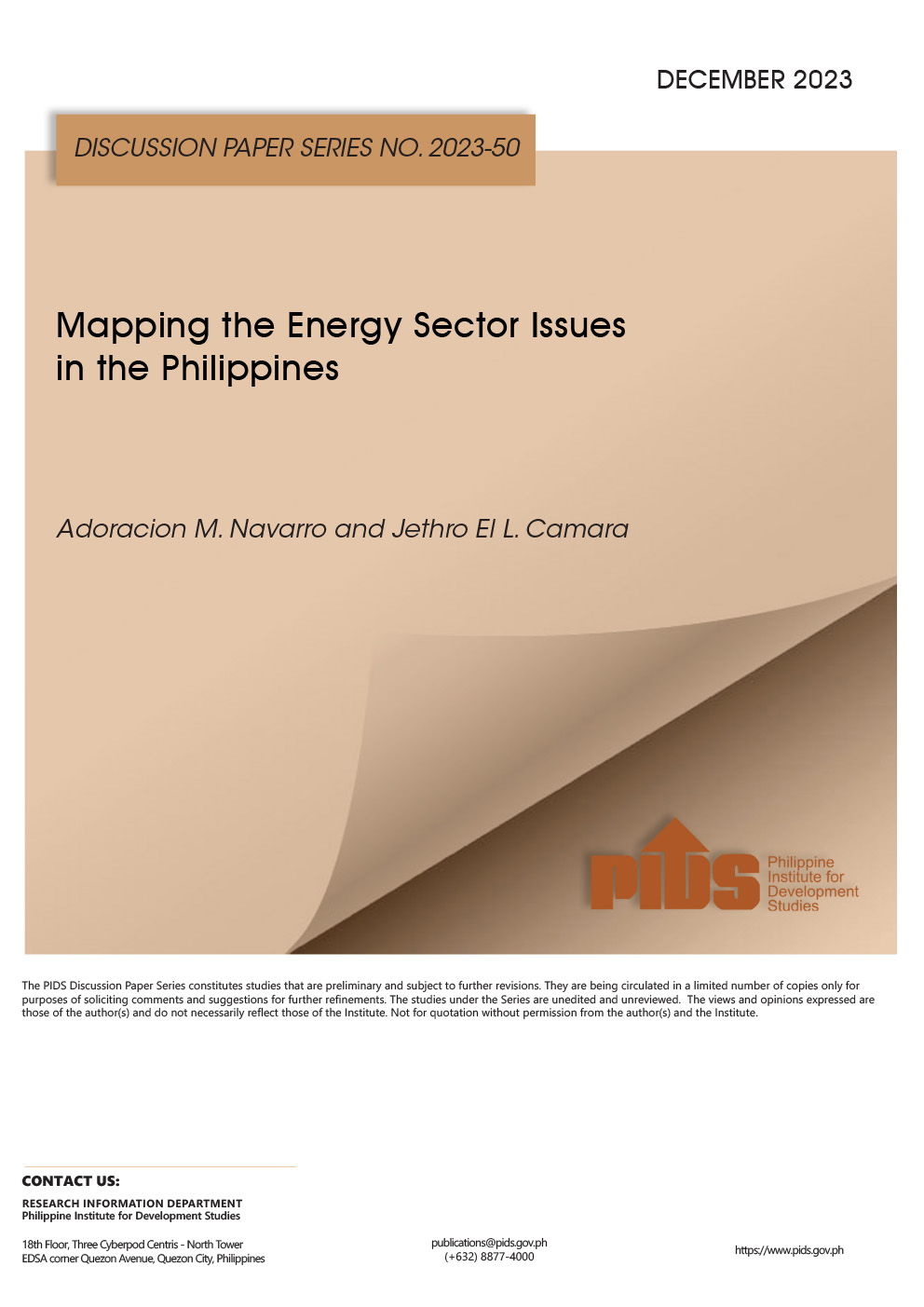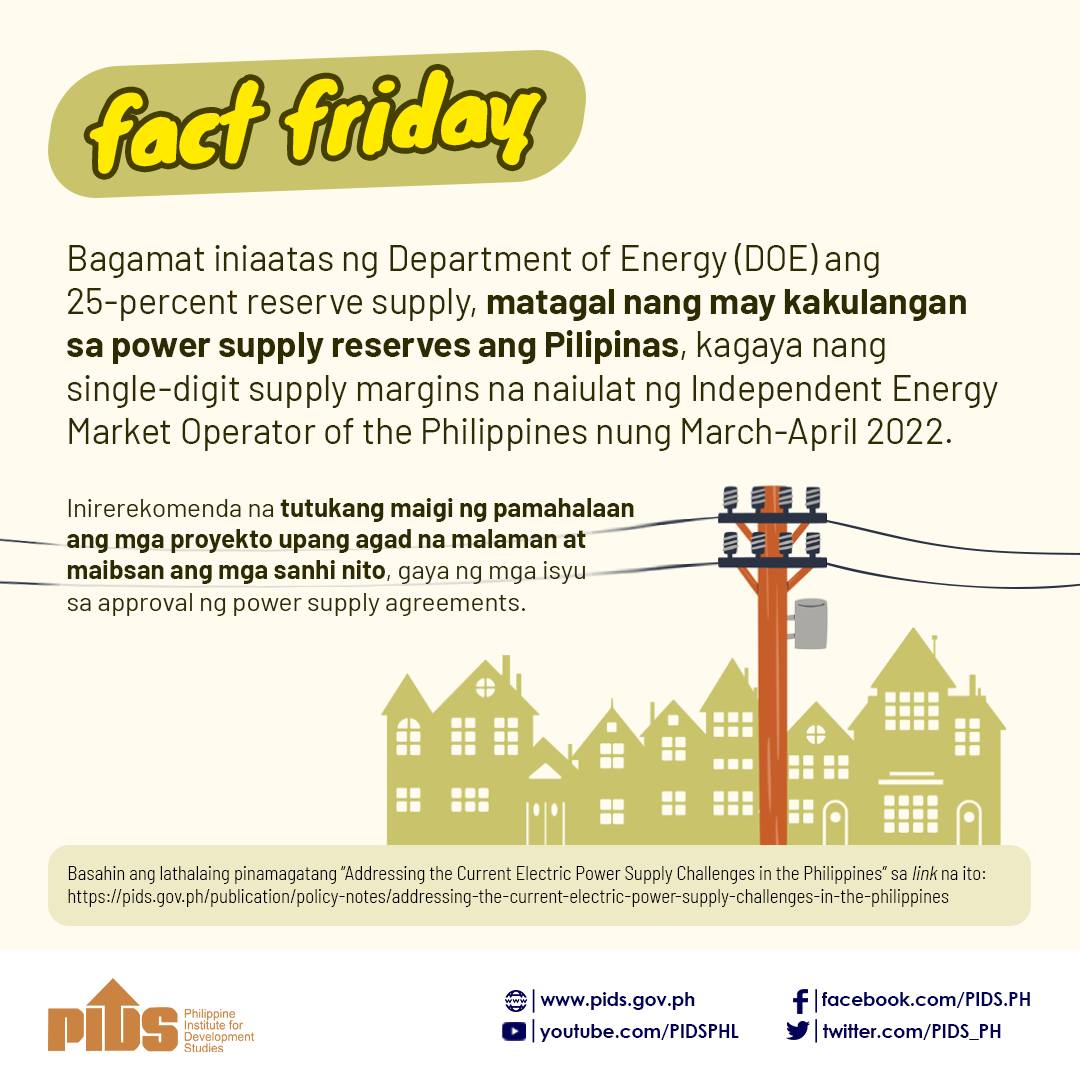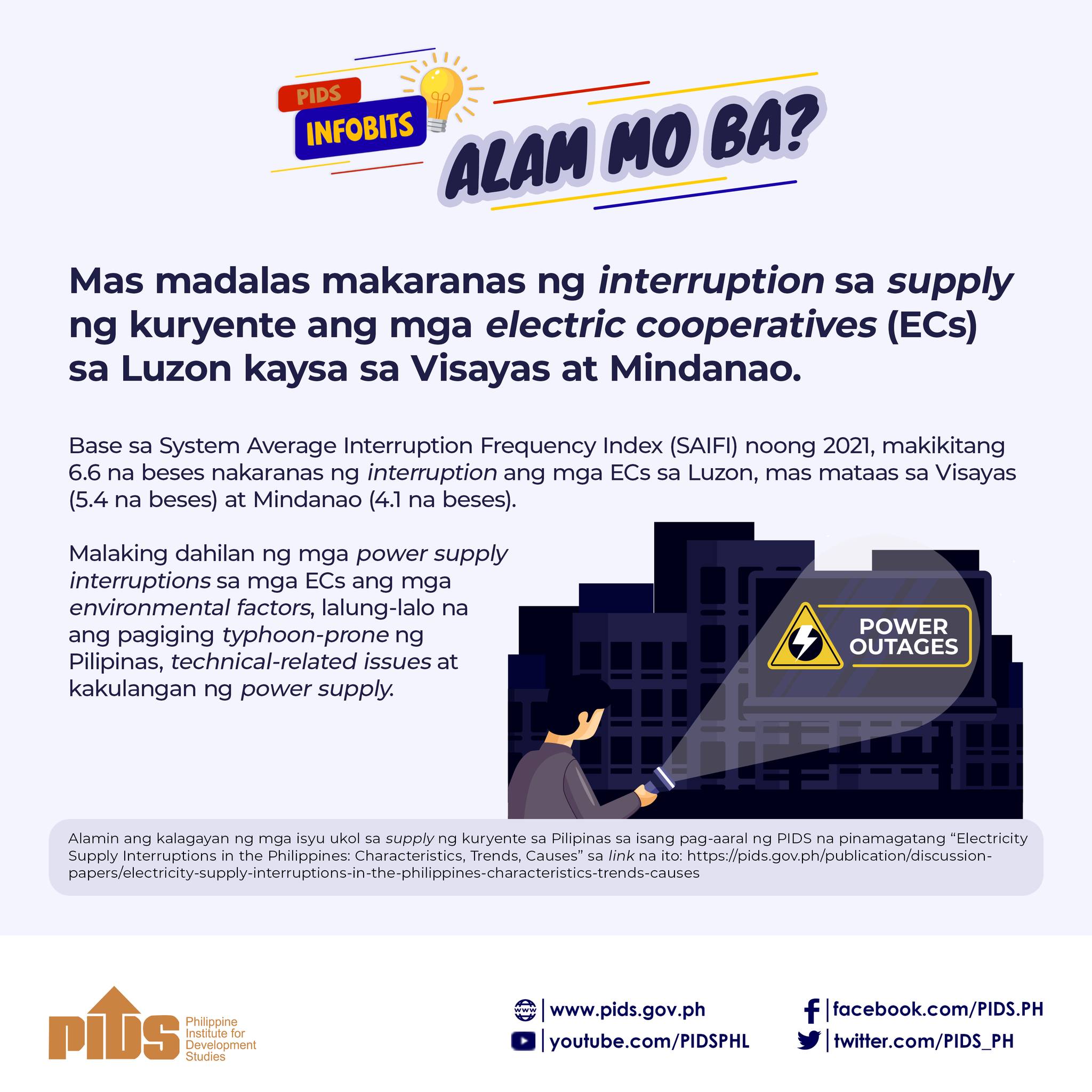“The power rates will go up in Mindanao because the choice is higher power or no power,” the President told reporters last week. “And many of those we’ve spoken to understood the necessity of this, instead of no power at all.” This statement was equivalent to telling the people of Mindanao to go hang vis-à-vis the power rates. It’s like saying: Take it or leave it for all we care. There is no relief in sight from the imminent rate increases. Energy Secretary Jericho Petilla presented to the President this week a plan that entails the procurement of “modular” diesel-powered plants as a “stopgap” measure until 2015 when the coal-fired plants kick in, according to Mr. Aquino. “These diesel-powered plants are seen as the quickest—they can be set up in as early as six months and the maximum is one year,” the President said. The idea is for the government to help the distribution utilities purchase the generating sets. “By 2015,” he said, “we expect the problem to largely go away—by that time we’ll have good surplus. That’s the time the power plants go on line. About 300 megawatts of coal-fired power will come online by 2015. There will be more after that up to 2017.” But promises are cheap. For about two months now, Misamis Occidental, Lanao del Norte, and Iligan City have been experiencing two power outages daily, with each round lasting two to six hours. The Misamis Occidental Electric Cooperative Inc. said the outages were caused by power supply deficiencies from the Agus and Pulangi hydroelectric plans operated by National Power Corp. At present, Mindanao has a power shortage of 294 megawatts. The demand is at 1,157 megawatts while the actual supply in only 863 megawatts. The government think tank Philippine Institute for Development Studies (PIDS) warned in a study late last year of a repeat of the April 2012 power crisis in Mindanao in the summer of this year, and very likely in 2014.

